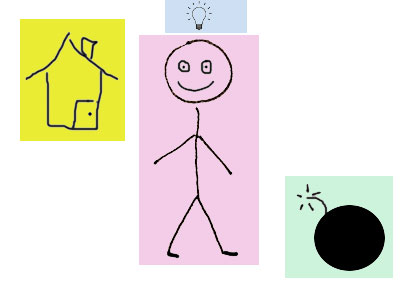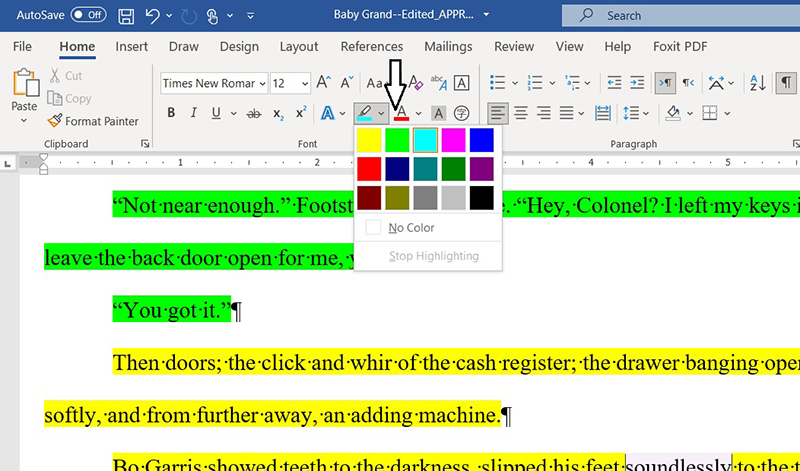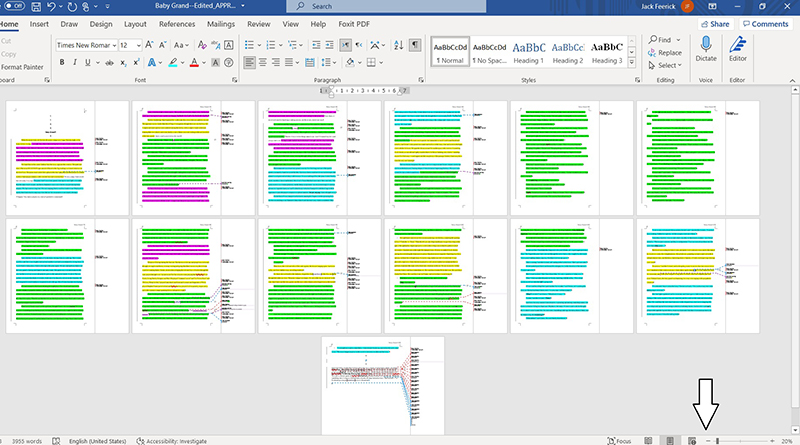
As noted last month, it’s possible to write the same story in different ways or, more accurately, to take a theme or plot and use it to write different kinds of stories. Your job as a writer is to pick the best structure for the story, the one that best displays its strengths.
Losing Your Way
Sometimes you’ll know from the moment you start writing which structure works best, but sometimes you’ll get stuck. You might be trying to write a mystery but get hung up on your characters and their relationships. Or perhaps you’re aiming for a character piece but find yourself more interested in the environment that shaped your protagonist. Or maybe you’ve made it all the way through your draft, but the ending seems unsatisfying; it drags on past the point where you’re excited about it.
The first step to solving any problem is diagnosing it. That begins with figuring out what kind of story you’re writing, which may not be the kind you intended. But it’s difficult, in the heat of creation, to analyze your own work. You can’t tell the size and shape of the forest when you’re lost among the trees. You need perspective.
Get a free sample proofread and edit for your English document.
Two professional proofreaders will proofread and edit your English document.
In this blog, I’m going to teach you a simple method to uncover the hidden structure by taking you up and out of the story.
Drawing the Map
To plot your MICE ratio, you’re going to need a printer, some paper, and a pack of neon-colored highlighter marker pens—at least four different colors. I use yellow, blue, pink, and green.
Print a copy of the story that’s giving you trouble—as much as you’ve got, even if it’s unfinished. For a novel, you might not be able to print the whole thing, but try for a long chunk—say, thirty pages.
Now, with highlighters at hand, read through what you’ve written and mark it up.
For passages relating to milieu (e.g., descriptions of locations, clothing, or customs; dialogue explaining the ins and outs of a society or nation; passages where a character learns about their surroundings) highlight in yellow.

Highlight idea-oriented passages (e.g., exposition, paragraphs that raise questions or plant clues for future solutions) blue.
Passages related to character (e.g., interior monologues, dialogue ruminating on the protagonist’s place in the world) should be highlighted in pink.
And for event-oriented paragraphs (e.g., action scenes that show a change to the status quo or the characters’ attempts to resist same) highlight in green.
If you’d prefer not to print a hard copy, you can do this onscreen in Word, using the Text Highlight function on the Home tab.

I find that using physical pages makes it easier to view the work objectively. Do whatever works. Don’t overthink it; read quickly, and go with your first instinct. If it’s not immediately apparent what function a particular passage serves, leave it blank and move on.
When you’re done highlighting, lay your pages out on a table or floor. Stand somewhere you can get a good overview. Look at your story laid out before you like a map, and see what it reveals.
You can do this onscreen by using the slider at lower right to adjust your page size, showing you multiple pages at once.

This screenshot shows a short story I recently placed, an atmospheric horror story with a twist ending. The visual map reflects that. The first page establishes the setting (yellow) and character (pink), and starts teasing the mystery (blue). The second page introduces the conflict (green), which carries through the rest of the story, even as the mystery deepens; the twist resolves the conundrum.
Finding Your Path
The map for my story, “Baby Grand,” shows a structure that works as intended. But the real usefulness of this technique is in showing how to fix a story that’s not working or to get unstuck when we bog down. The colors that dominate the map reveal what you find easiest or most interesting to write.
Now, here’s the trick: Lean into that with your structure.
This may scuttle your plans for the story you thought you were writing. “But I’m supposed to be writing a mystery!” you may protest. “Look at all the pink on my map. I should be trimming back on these character beats and planting more clues!”
But you’re not actually writing a mystery. As it happens, you’re writing a character piece with a mystery setting, a study in how observing the ugly side of human nature can change a person. Go ahead and play fair with the mystery elements of your plot, but recognize that the natural climax of the book will come not in the solution to the puzzle but in the resolution of the protagonist’s internal conflict. Work with what engages you, rather than against it. If you purposely flatten the characters to cram in more plot convolutions, your story will fail on both levels.
Or say you’re trying to write about a war ravaging a magical kingdom. You’ve written some great descriptions of the kingdom and its customs and of the rules of its magic system, but you get stuck trying to write about the war. Think about redrafting your narrative as a milieu story. Put the war to the background; make your protagonist a visitor—perhaps an enemy spy, gathering information—and tell us all about the place.
Leaning into what engages you might mean scrapping most of what you’ve written and doing a page-one rewrite. That’s a daunting thought; but the work will be better for it. When we force ourselves to write in structures that do not engage us, the work comes off as contrived and unsatisfying. When we work in harmony with what we love, writing becomes a joy rather than a job, and the end result is more enjoyable to read.
Jack F.
Get a free sample proofread and edit for your English document.
Two professional proofreaders will proofread and edit your English document.
Get a free sample proofread and edit for your document.
Two professional proofreaders will proofread and edit your document.
We will get your free sample back in three to six hours!